Miles and I decided to drive to the farthest point of the day first, the Tajiri Park Observation Deck, along the Uradome Coast. We parked at the pier and walked up for the views.
Just a few minutes down the road, we stopped at the Shirawara Coast. When we got out of our car, we saw some hawks fly overhead. We walked down the steps to the beach, and hung around for a while. We enjoyed watching the water, watched the crabs, and eyed the birds. There were tons of small insects that scurried away everywhere we went. Using a google reverse image source, it appears that they are called Ligia Dilatata, a woodlouse.
Our last stop along the Uradome Coast was at another pier, to see the Sengan Matsushima Observatory. The GPS told us to go up a narrow street, but I noped out of that one, and just parked near the water. We walked up the street, which was inhabited by some street cats, and it became more and more narrow. We would have needed to back up all the way down had we tried it.
After passing the last house, a few steps up and we reached a nice view. There were two directions that we were able to hike up to better views. Miles opted to do neither, and walked back to the car instead. I went up to the right, to the Ajiro Observation Deck, which gave views in multiple directions.
The final stop of the day was at the Tottori Sand Dunes. We parked in the Sand Museum's parking lot, and walked to the dunes. The Tottori sand dunes are about sixteen kilometers of dunes, from sand that was deposited from the nearby Sendaigawa River. It was a five to ten minute walk up the dunes, which were really not much different than a normal beach, except for the dramatic verticality of the dune by the water.
We stopped for a soft serve ice cream cone at a nearby vendor and then returned to the parking lot, this time going into the Sand Museum. It was a very tiny installation, with an odd entrance. There was one large room, with many intricate sand creations. The description explained that only water was used to harden it, and not anything else, like glue.
That final night, Miles wanted to stay at the room, so he stopped at Family Mart for his dinner. he chose one of the meals there, which they heated up for him in their microwaves. For myself, I chose a local restaurant, which had reviews raving about its dan dan soupless noodles. There were only two tables, along with three single bar seats. I used the ticket machine to pick my noodle dish, and then waited. It took a good twenty minutes to be seated.
The final stop of the day was at the Tottori Sand Dunes. We parked in the Sand Museum's parking lot, and walked to the dunes. The Tottori sand dunes are about sixteen kilometers of dunes, from sand that was deposited from the nearby Sendaigawa River. It was a five to ten minute walk up the dunes, which were really not much different than a normal beach, except for the dramatic verticality of the dune by the water.
 |
| Miles seems to really enjoy running down sand dunes. |
We stopped for a soft serve ice cream cone at a nearby vendor and then returned to the parking lot, this time going into the Sand Museum. It was a very tiny installation, with an odd entrance. There was one large room, with many intricate sand creations. The description explained that only water was used to harden it, and not anything else, like glue.
That final night, Miles wanted to stay at the room, so he stopped at Family Mart for his dinner. he chose one of the meals there, which they heated up for him in their microwaves. For myself, I chose a local restaurant, which had reviews raving about its dan dan soupless noodles. There were only two tables, along with three single bar seats. I used the ticket machine to pick my noodle dish, and then waited. It took a good twenty minutes to be seated.
My dish arrived, and the worker mimed to me that I should mix it. At the end, I was left with some sauce, which I had begun to scoop up. It was at this point that the patron next to me, who had been seated just before me, tapped me on my shoulder. He did his best to explain that I should get rice for the remaining sauce, and smiled widely. I didn't understand if that meant that I should place a brand new order or not. Sensing my confusion, he called over the worker and asked for rice. The worker proceeded to bring me a very small bowl with rice, which was complimentary. I guess that this is general procedure for this dish. The entire interaction was memorable and filled me with delight.
It was time to leave Tottori city, though we would remain in Tottori Prefecture for a while yet. We woke up to sunshine for the first time on the trip. On our way to Misasa, we stopped to attempt the NageireDou hike, billed as the "most dangerous national treasure" of Japan, according to the National Parks of Japan site. I did some reading up on it ahead of time, and bookmarked a few sites, which I reviewed ahead of time. That being said, I confused the first temple along the path, Monjudo, with the end temple, NageireDou, which is built into the wall of a cliff.
We parked our car and walked up to the entrance. They checked our shoes to make sure we had hiking treads, charged us a fee, and we walked upward.
We entered one final building, where we were given two sashes to wear, and we signed our name on a list of hikers. Ours was the first in English. The woman explained that the hike would take 90-120 minutes. Down the very first set of steps, Miles stumbled and ended up outside this small barrier rope marking the path. Perhaps this was an omen of things to come.
It all began simple enough. There were some easy rocks to climb up. Then we reached a set of tree routes that we had to climb up. I expected this, having read the guides. It was at this point that I put my camera away so I could focus on the climb.
We continued onward for another fifteen minutes or so before we reached the chains. I was also prepared for this. What I didn't quite realize was just how long you would be climbing with this chain. The following pic makes the ascent look flat. It was very much upward, and it went on for quite some time. As someone with height difficulties, this was more mentally challenging than physically. Once at the top, we veered right, took maybe ten steps and then had to climb a few more feet straight up on another chain before reaching Monjudo.
 |
| Roots to climb. Beyond this spot, there were many more roots as we climbed ever upward. |
We continued onward for another fifteen minutes or so before we reached the chains. I was also prepared for this. What I didn't quite realize was just how long you would be climbing with this chain. The following pic makes the ascent look flat. It was very much upward, and it went on for quite some time. As someone with height difficulties, this was more mentally challenging than physically. Once at the top, we veered right, took maybe ten steps and then had to climb a few more feet straight up on another chain before reaching Monjudo.
There was a very safe and flat side to the temple, with the option to go out on the couple of feet of wooden supports on either side. I chose to go out on neither. Miles had had enough and no longer wanted to continue onward. I completely understood. This was not too physically challenging, but it was a bit hair raising to deal with the terrain compared to what we were used to.
The course downward had some modifications. First, we had to go down under the temple, which was blocked in and a pleasure to go down. Then we had to use the chain. There was a downward chain as well as an upward chain. I went first, flattening my body to the rock face, inverting my watch band so it would not scrape against the ground, and let myself slowly descend. It was actually quite simple and easy. Honestly, the only thing that I was panicked about was Miles' safety. He can be a bit unsteady on his feet, but more importantly, he does NOT like to follow directions. After the chain, most of the way down was quite easy. There were alternate paths downward that were less unwieldy than on the way up. Miles was constantly contradicting my instructions on how to maneuver on this hike. This came to a crisis point when we reached to roots to descend. This was a good twenty to thirty feet of slightly slippery roots, damp from the previous days' rain. There was a sign clearly indicating that you should be turning to face the roots and grabbing it and climbing down like a ladder. Miles kept trying to sit facing forward and grabbing with one hand. It was a massive fall if he were to slip, and a single hand backwards was insufficiently safe to say the least. I had to outright scream at him to turn around. Luckily he did, but it was a very harrowing experience.
Although we didn't complete the hike and get to see the temple that I had planned this location around seeing, I am glad that we stretched a bit past our comfort zone and got to experience something new. As my friend commented, I could always come back and try again. It was rewarding tonight, as I write this blog, to hear him excitedly talking on the phone about his experience climbing the chains.





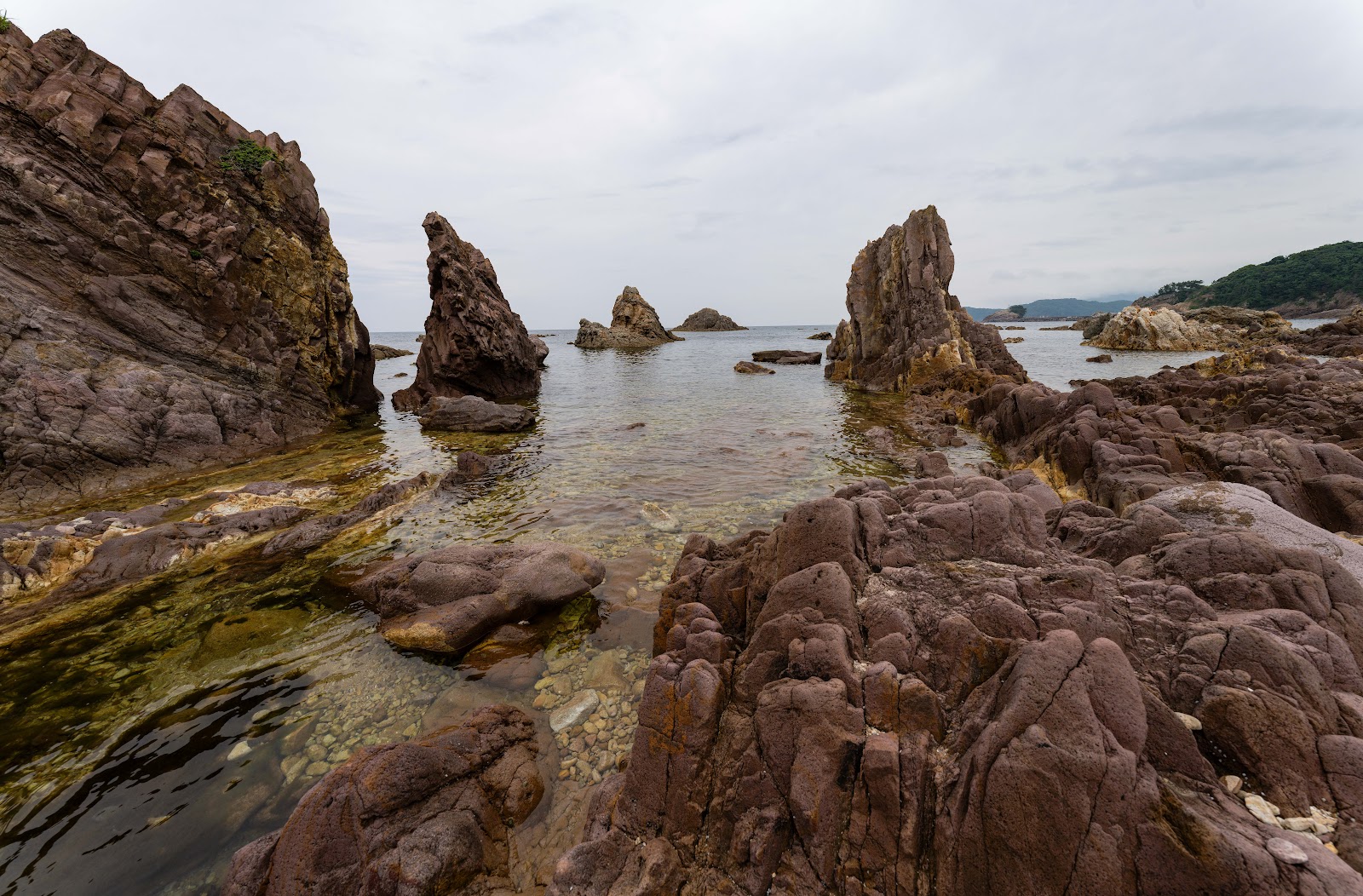

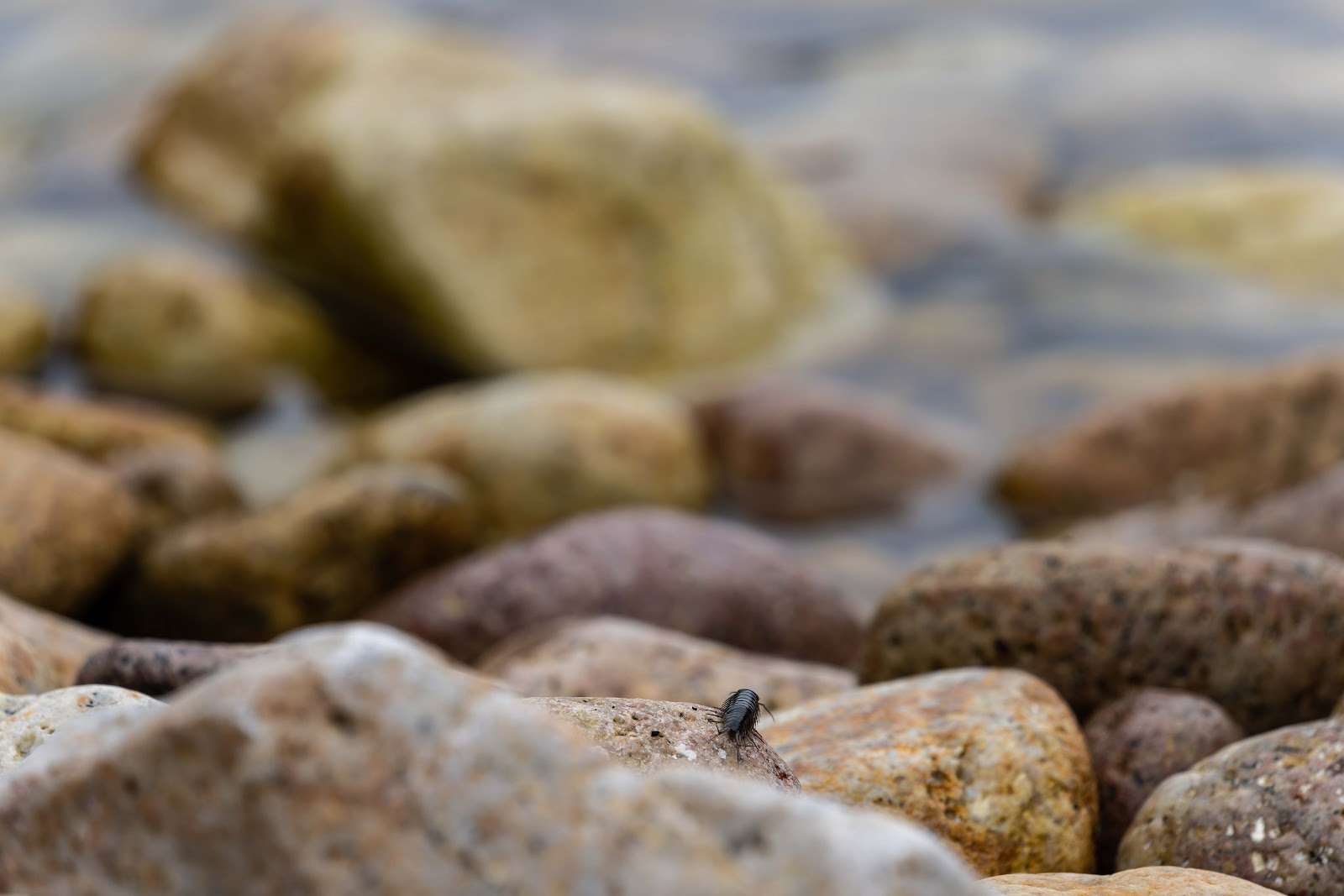






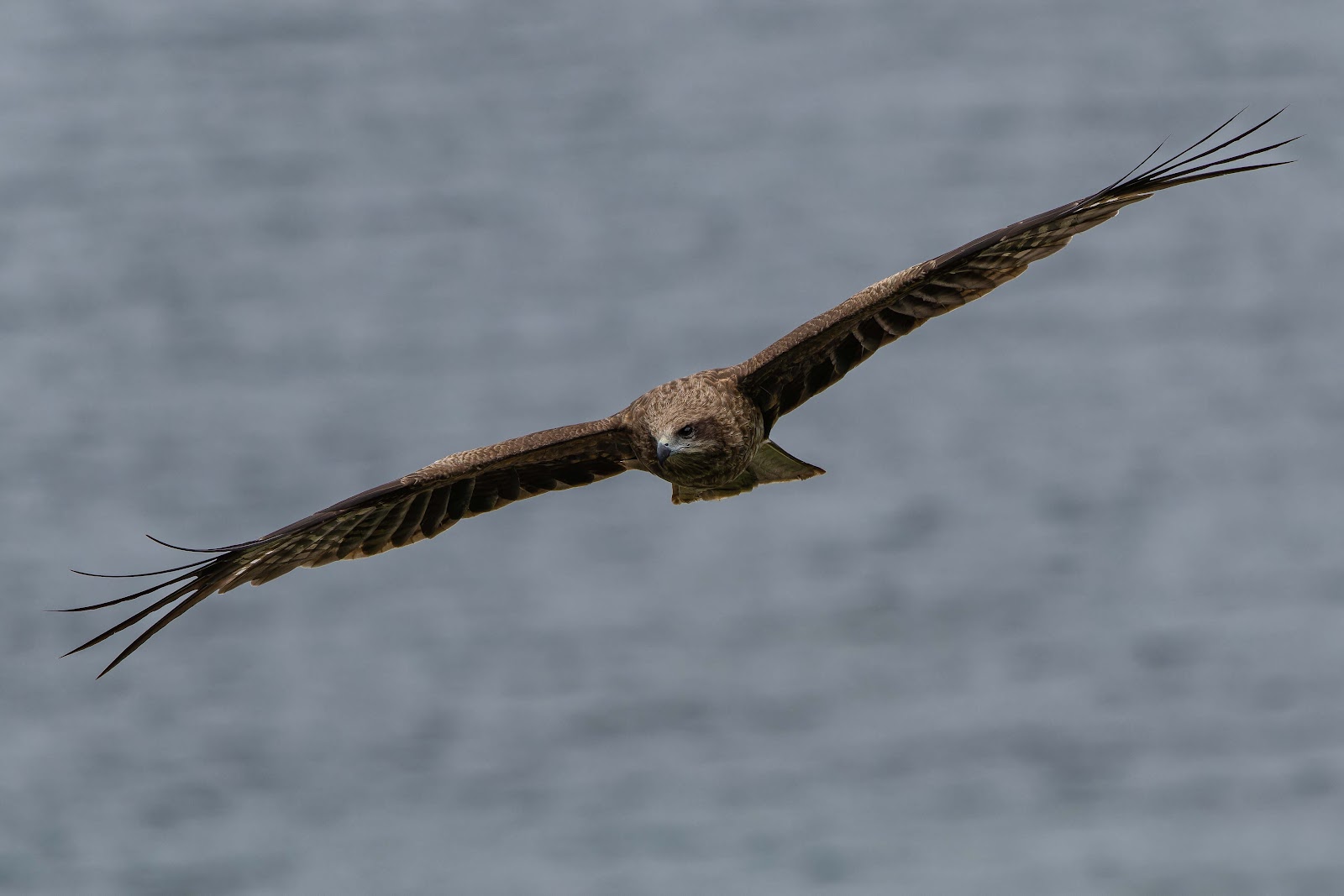







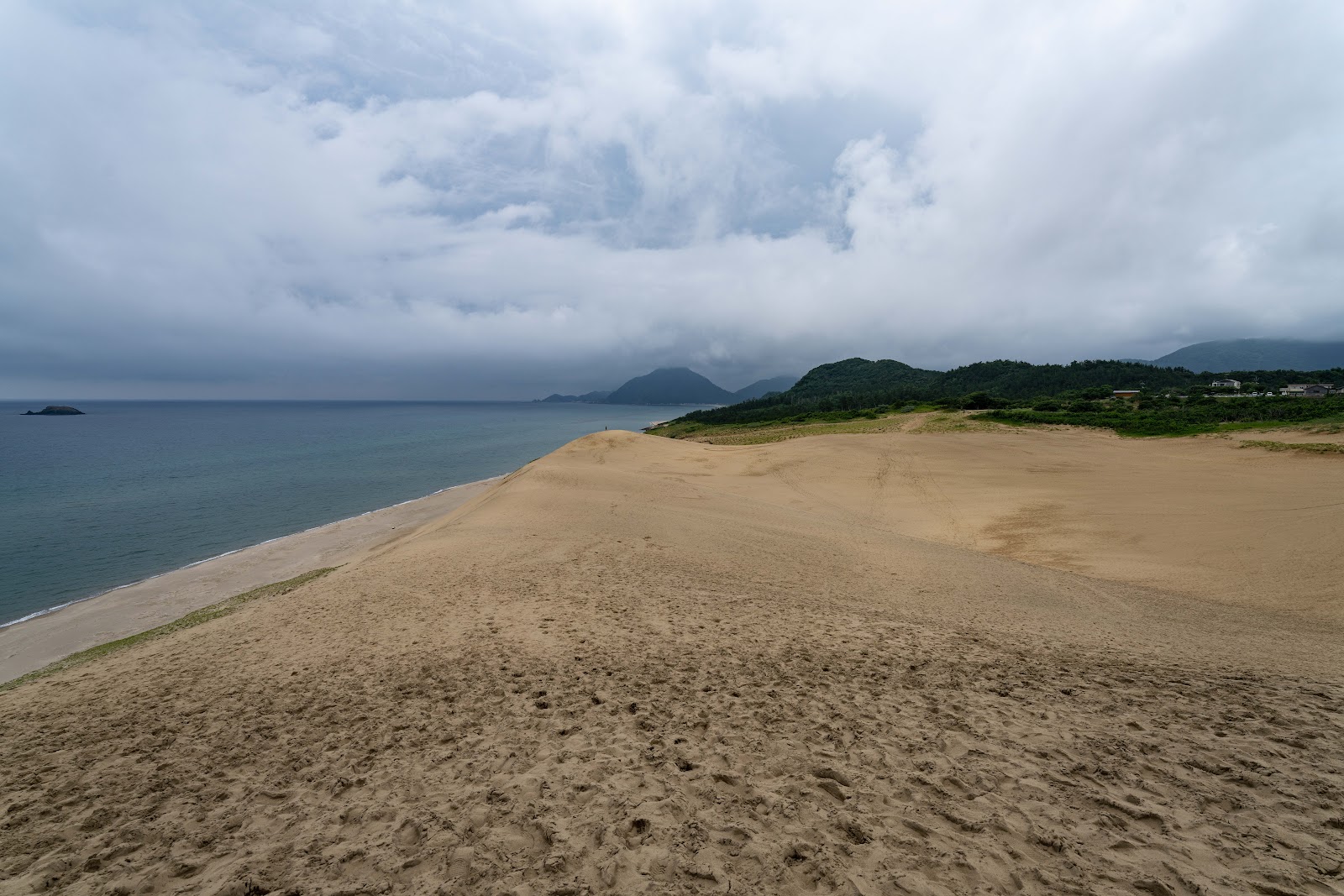











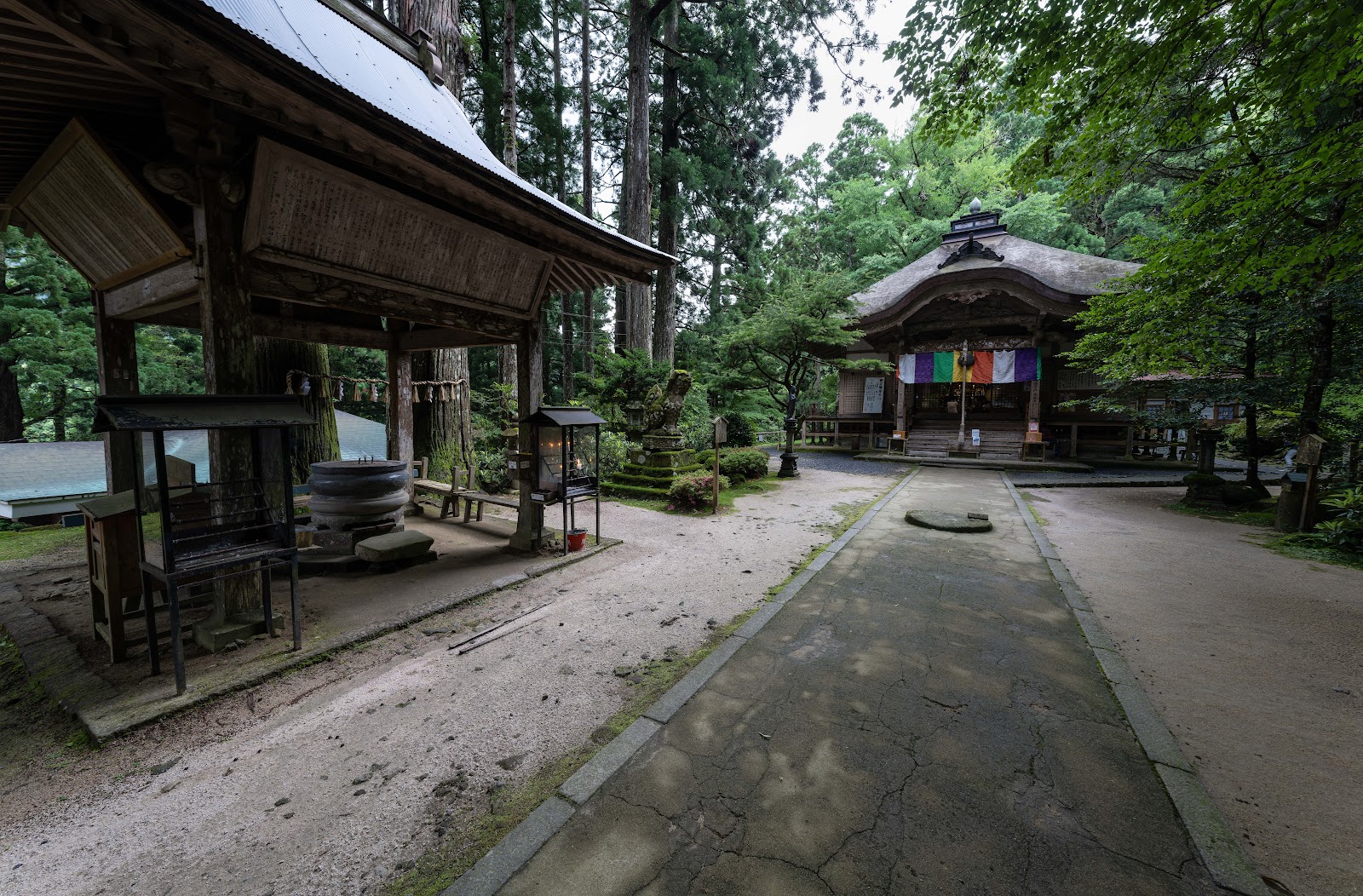
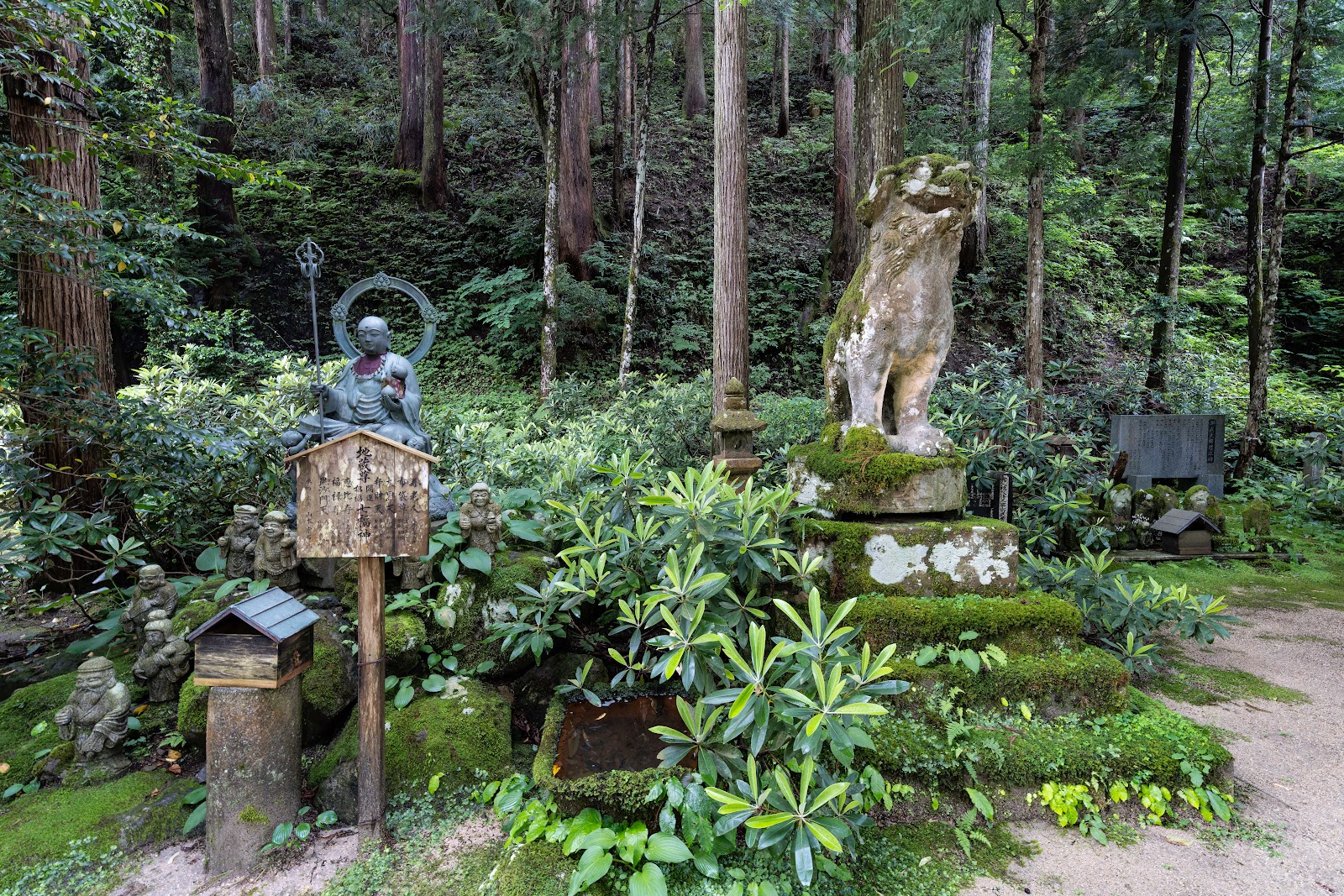






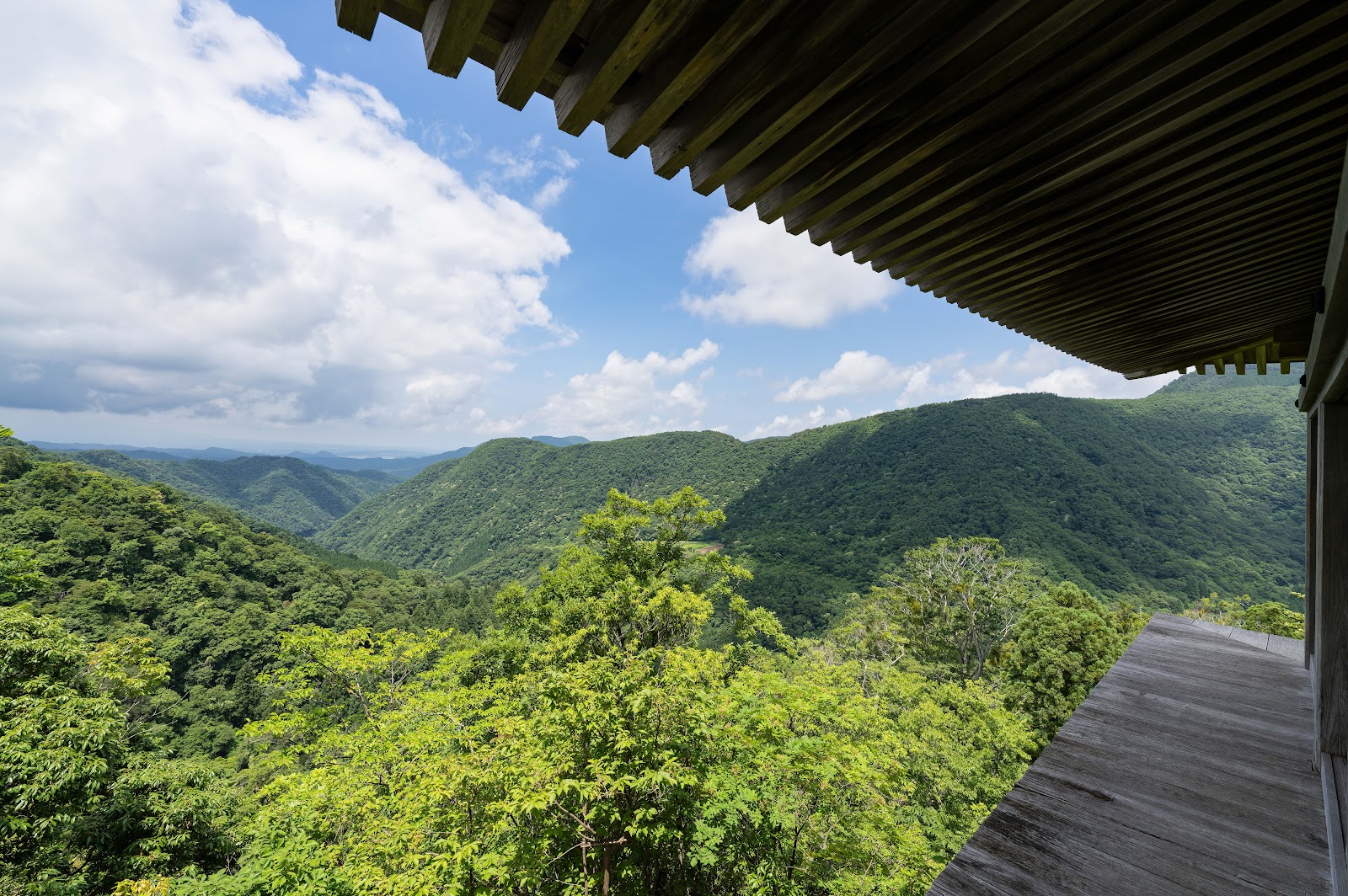

No comments:
Post a Comment